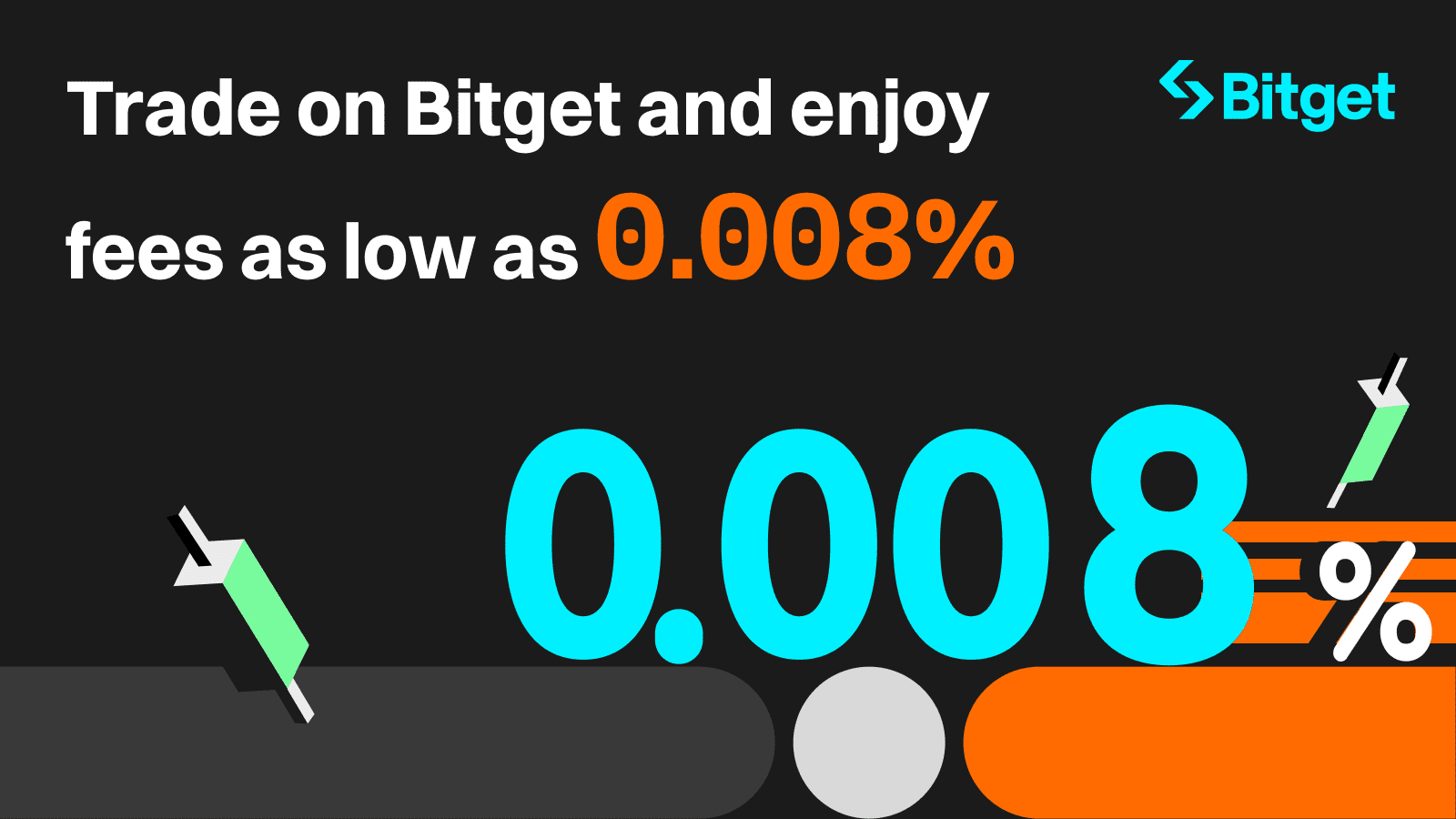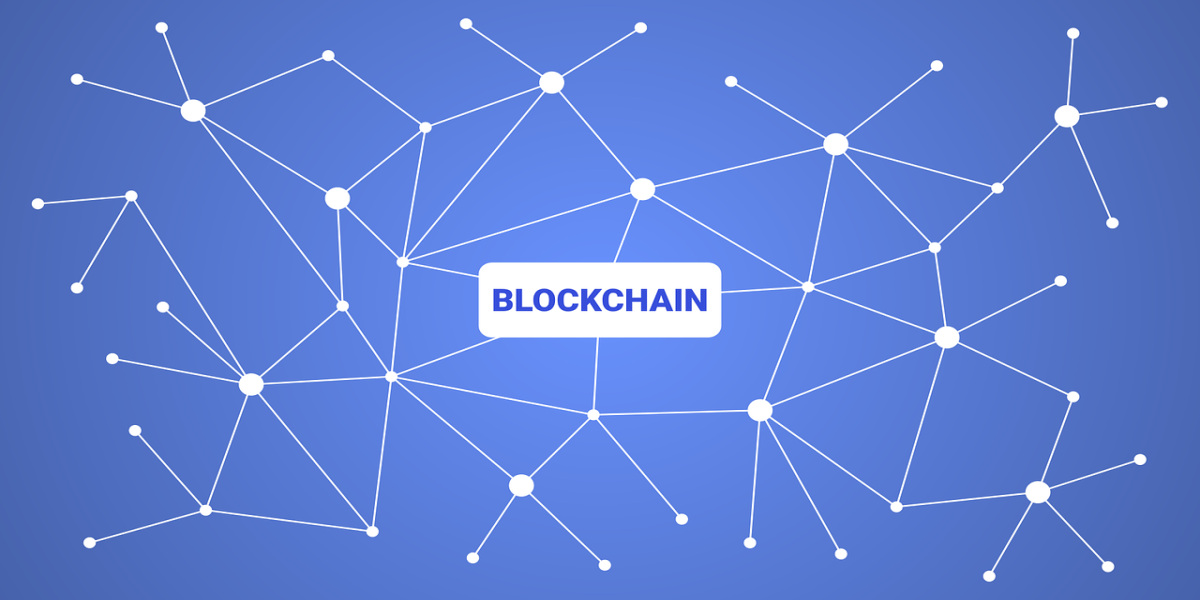

Blockchain networks have always promised us fairness, transparency, and immutability, and they have revolutionized many fields. But as ecosystems expand, hidden opportunities exist that, if left uncontrolled, can upset the delicate balance. One important aspect, primarily within the Ethereum network and the larger DeFi space, is the concept of Maximum Extractable Value (MEV).
Unraveling the concept of MEV
MEV represents the maximum value that can be extracted by miners, validators, or other actors who control transaction inclusion and ordering processes in a blockchain network. These actors can use this power to manipulate transaction outcomes to their advantage, potentially extracting additional value. This concept emerged primarily as a response to the complex and sometimes fragile dynamics that exist in decentralized finance (DeFi) applications.
The Birth of MEV: How Does It Work?
In blockchains like Ethereum, miners are given the power to determine the order of transactions within the blocks they create. We also reserve the right to determine which transactions are included or excluded. These permissions go beyond simple transaction management.
Consider a scenario where a decentralized exchange (DEX) operates in a model where token prices are determined by the balance of supply and demand. If miners detect large “buy” orders waiting to be processed, they can manipulate the order of transactions in the block. They may insert their “buy” order before the larger order and their “sell” order after it. Large “buy” orders will cause price spikes, and pre-planned “sell” orders by miners will allow them to profit from temporary price increases.
Potential threats from MEV
The existence of MEV opportunities raises important questions about security, fairness, and trust within the blockchain ecosystem. Although it can offer higher rewards to miners, it risks compromising the basic spirit of blockchain technology: decentralization and immutability.
Consider another example. Let’s say a user initiates a loan on a DeFi protocol. Miners can discover this transaction and pre-execute the user’s loan request as their own, depleting available liquidity and causing the original loan transaction to fail. Such predatory behavior disrupts the fair operation of DeFi markets and is possible because of the MEV concept.

Common examples of MEV
MEV can manifest itself in several ways on blockchain, especially in the DeFi space. Below are some common examples of Maximum Extractable Value (MEV):
- front running: In this context, frontrunning occurs when miners with visibility into the transaction pool (mempool) identify profitable transactions and put their own similar transactions into the block before the original transaction. They are effectively “jumping the queue” to take advantage of profitable opportunities. For example, if you see a large buy order for a particular token, you could buy the token before that transaction is processed, causing the price to rise, and then sell it immediately to make a profit.
- back running: Similar to a preceding transaction, but occurs after the first transaction. In this case, the miner places the transaction immediately after the original transaction in the block to take advantage of its effect.
- sandwich attack: This happens when a miner makes a transaction before or after a user’s transaction. The first transaction increases the price, the user’s transaction increases the price further, and the last transaction sells the asset at this inflated price, resulting in a profit for the miner.
- Arbitrage Opportunity: Miners can take advantage of price differences between various decentralized exchanges. If the price of a token is lower on one exchange than another, you can buy it at a lower price and sell it at a higher price and pocket the difference.
- liquidation opportunity: Certain DeFi protocols automatically liquidate undercollateralized loans. Miners can monitor this situation, and if they see a profitable liquidation, they can order the transaction to liquidate before anyone else does.
- time thief attack: This involves creating a new blockchain (“reorg”) that allows miners to extract more MEV by manipulating the blockchain itself.
While these practices may be potentially beneficial to miners, they are generally considered detrimental to the health and fairness of the blockchain ecosystem. This can cause unnecessary price fluctuations, disrupt the normal functioning of DeFi protocols, and erode user trust. Various strategies are being researched and implemented to mitigate these MEV-related problems.
The Way Forward: MEV Mitigation Strategies
Considering the potential risks MEV poses to the DeFi ecosystem, several mitigation strategies are being explored. One popular proposal is to implement MEV auctions. This allows miners to bid for the right to reorder transactions within a block, making the process more competitive and less prone to abuse.
Another promising approach involves protocol improvement. This may include changes to the way transaction ordering is determined or moving away from purely transaction fee-based models that encourage MEV abuse. Several ongoing research and development efforts are focused on this aspect.
conclusion
Maximum Extractable Value (MEV) poses significant challenges to the blockchain ecosystem, while also highlighting the importance of continued innovation and vigilance within the space. As we continue to adopt and integrate blockchain technology into our digital lives, understanding concepts like MEV becomes increasingly important. By taking proactive steps, communities can mitigate potential risks to ensure that the ecosystem remains safe, fair, and decentralized.
Featured Posts
You may also like
More from Blockchain

Crypto Asset Conference 2024 (CAC24A) Unveils a New Era of Digital Transformation
The Frankfurt School Blockchain Center is pleased to announce the 10th Crypto Asset Conference (#CAC24A) on April 16, 2024.

The irreplaceable conference is “back” in Lisbon: May 28-30
The Non-Fungible Conference (NFC), the leading conference on Web3 and NFTs, will return to Lisbon on May 28, 29 and 30, 2024.

Ethena: Transforming Digital Finance with Synthetic Dollars and Internet Bonds
In recent developments in the digital finance sector, Ethena, a groundbreaking synthetic dollar protocol built on the Ethereum network…

